IATA AGM 2014: Doha to take centre stage
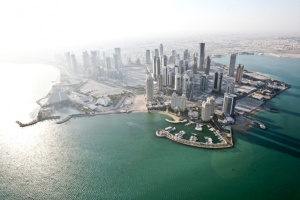
With awe inspiring architecture, a collection of world beating museums, and a rapidly growing program of events and activities, Qatar is fast establishing itself as the cultural hub of the Middle East.
With so much attention focused on the successful hosting of the FIFA World Cup 2022, it is also easy to forget there is so much happening right here in Qatar right now.
As the International Air Transport Association prepares to convene in capital Doha for the 70th Annual General Meeting, Breaking Travel News here takes a look at what is on offer in the destination.
Sports Tourism
With the FIFA World Cup in Brazil just around the corner, developments are also happening apace in Qatar as it prepares to hold the global showcase in 2022.
Hundreds of thousands of guests are expected for the tournament, with the capital Doha set to be the centre of attention.
Five stadia for the event are presently under construction, with just over eight years to go until the travelling event reaches the Middle East for the first time.
The stadiums will employ cooling technology capable of reducing temperatures within the stadium by up to 20°C – making it possible to hold the tournament at any point during the year.
The upper tiers of the stadium will be disassembled after the World Cup and donated to countries with less developed sports infrastructure.
HH Sheikh Hamad bin Khalifa Al-Thani, emir of Qatar, explained: “This achievement is a big one for all Arab countries and I hope that Qatar will successfully stage this tournament.
“We can promise that the infrastructure will be in place and that all Arabs will support our efforts. A lot of people think that we are a small country, but we can accomplish great things.”
Spa Innovation
Qatar is home to some of the most modern and sought after spas in the world. The Six Senses Spa at the Sharq Village & Spa in Doha, is designed to reflect a traditional Qatari environment, giving the impression of a true Middle Eastern village that has grown organically over time.
Named Qatar’s Leading Spa resort in 2014, it is made up of winding village laneways rather than corridors, with the twenty-three treatment rooms resembling typical village houses.
The main areas of the spa feature facilities which include saunas, steam rooms, plunge pools, changing rooms, fully equipped fitness clubs and dedicated areas for yoga, meditation, tai chi and other eastern practices, as well as relaxation rooms and prayer rooms.
There are dedicated, private facilities for both gentlemen and ladies. Ladies are also offered a private entrance and reception as well as a club facility with several majlis areas.
The Six Senses Spa offers all the traditional treatments such as Thai, Balinese and aroma massages, pampering treatments, as well as more specialized treatments, which include body scrubs and polishes, typical private hammam experiences and lessons in eastern meditation and exercise traditions.
Meanwhile the Bliss Spa at W Hotel & Residences has also become a landmark for spa lovers, with visitors flocking to experience its enticing menu which combines super-effective services and a fun.
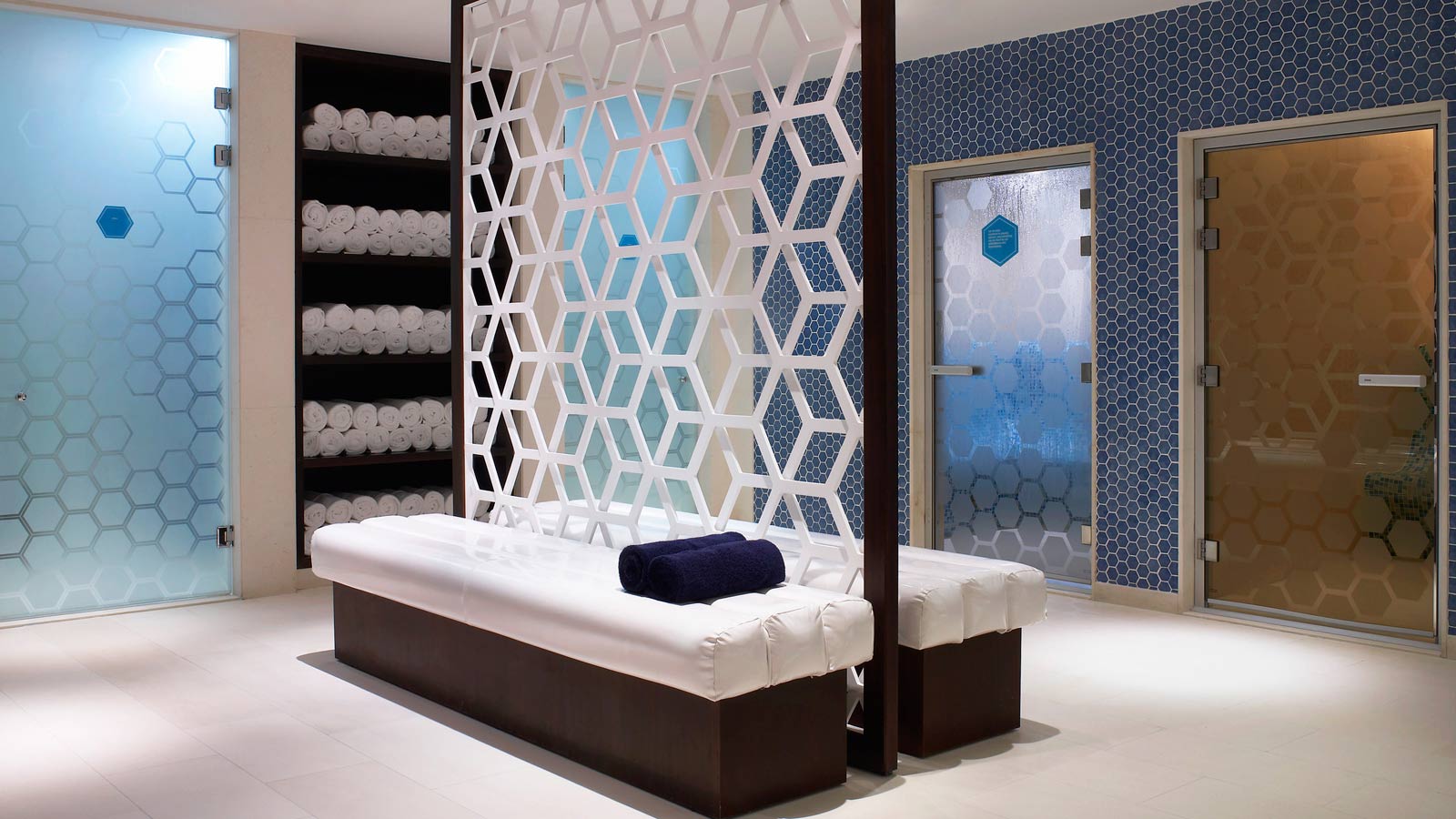
The Bliss Spa in Doha
Cultural Tourism
But there is already plenty to do in Doha, with many of the main attractions rooted in the culture and environment of the region.
With the Qatar Tourism Authority’s increased focus on education and entertainment to boost tourism, the nation is emerging as a hotspot for the arts.
The destination is already regarded as the World’s Leading Business Travel Destination by the World Travel Awards.
The most prominent of Qatar’s extensive collection of museums is the IM Pei designed Museum of Islamic Art, which opened in 2008. Here you can view a virtual tour of this unique attraction.
Home to one of the world’s finest collections from this ancient civilization and with pieces dating back over 1,400 years, it is the jewel in the country’s cultural crown.
Recent developments at the museum’s waterfront site include the creation of the MIA park, a 68-acre public space dominated by a newly commissioned sculpture by Richard Serra, the artist’s first public work in the Middle East.
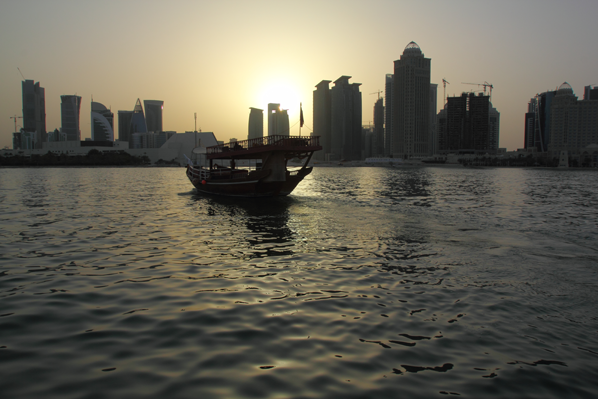
On the first Saturday of every month, the park is transformed into a traditional Bazaar, as 100 street vendors selling jewellery, arts and crafts put a modern twist on Qatar’s Souk tradition.
The Mathaf Arab Museum of Modern Art is another example of Qatar’s commitment to championing its indigenous artists and culture.
Housed in a former school building, its exhibitions and events celebrate art by Arab artists and offer an Arab perspective on international modern and contemporary art.
The museum is situated on the edge of Doha’s Education City, a 14 square kilometre purpose built area that is home to educational facilities for students of all ages and campuses of some of the world’s leading universities.
There are other projects in the pipeline to showcase Qatar’s growing collections of art, photography and historical artifacts.
The most notable of these is the ambitious and spectacular National Museum of Qatar.
Designed by architect Jean Nouvel and due to open in 2014, the building and collection will embody the pride and traditions of the Qatari people.
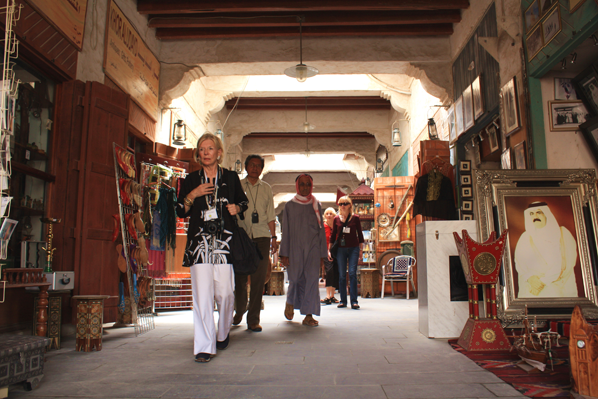
Harking back to the rich history of trade in the region, Doha’s beautifully restored souks provide shoppers with the chance to barter and pick up bargains as has been done for centuries.
With small independent boutiques and Middle Eastern restaurants, they are a great place to find local treasures and snacks.
The popularity of the Souks among Qataris and tourists alike has attracted a glut of artists and musicians.
Souk Waqif in particular has become a hotbed of creativity, with The Waqif Art Centre at its heart playing host to many local and regional art exhibitions.
Katara Cultural Village is Doha’s latest attraction and is home to many of the country’s artistic and cultural organizations, including the Qatar Philharmonic Orchestra and the Doha Tribeca International Film Festival.
Built under the instruction of HH Sheikh Hamad Bin Khalifa Al Thani, who was the ruling Emir of Qatar until 2013, the village was created to help position Qatar as an international cultural lighthouse through theatre, literature, art, music, conventions and exhibitions.
Among Katara’s array of attractions are an opera house, art galleries, top-class restaurants and a beach.
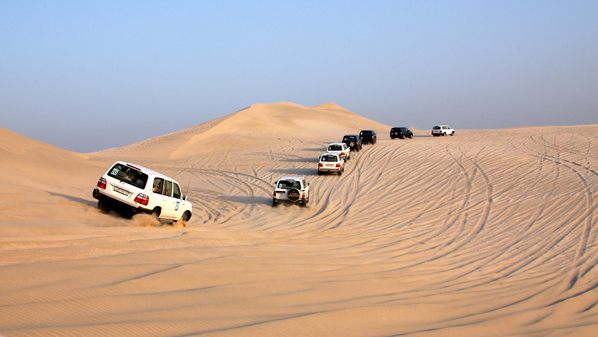
Katara Cultural Village is operated by Katara Hospitality, previously known as Qatar National Hotels; a hospitality owner, manager and developer, aiming to become one of the leading hospitality organisations in the world.
Katara Hospitality has seen steady growth in recent years, and also owns the Ritz-Carlton Doha, which will host the IATA AGM from June 1st-3rd.
The property has previously been recognised as Qatar’s Leading Hotel by the World Travel Awards.
Katara Hospitality also maintains partnerships with Sheraton, Raffles, Marriott, Mövenpick and The Bürgenstock Selection, while we are also developing our own, home-grown Merweb business hotel brand.
Katara was the ancient name given to our land by the cartologist Claudius Ptolemaeus in the second century.
It is a fitting choice for our new name as it is steeped in history, symbolising the deep respect both we, and our neighbouring countries, have for Qatar’s rich cultural heritage.

Around Qatar
Outside of Doha and a visit to the remote North and West of the country offers first hand a glimpse into Qatar’s history.
Sites such as the mysterious Jassassiya Carvings, and the forts of Zekreet and Zubara are easily accessible and well worth a look.
For those seeking a truly Arabian experience a camel back safari camping in a luxury Bedouin tent in the country’s southern desert is hard to beat.
For something a little more contemporary, dune bashing is an adrenaline filled 4 x 4 ride up the impossibly steep dunes.
In addition to Qatar’s cultural pull, its coastline, year-round sun, and packed calendar of sporting events mean that the country has plenty for all manner of travellers.
However, Qatar’s positioning as the link between the Ancient Arabic Culture and the world’s modernity and development is ensuring that the country’s recreational offering remains very much in touch with its roots.
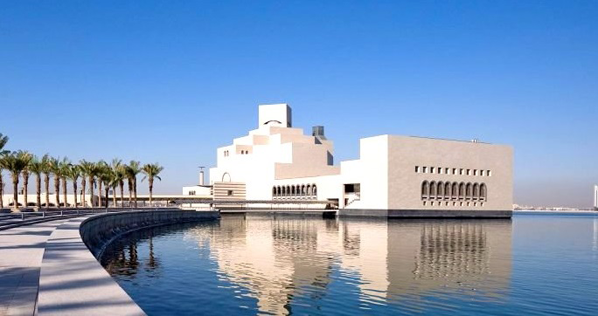
Eid
One of the highlights of each year for Qatar Tourism Authority comes during Eid-al-Fitr, with the organisation engaging families from around the GCC in one of the region’s largest festivals.
Nearly 75,000 visitors from the GCC chose Qatar as their destination in 2013 for the Eid-al-Fitr holiday as celebrations swept across the country at Doha Exhibition Center, malls, Katara Cultural Village, Souq Waqif, museums, Aquapark, The Pearl as well as at other locations.
The visitors joined a large number of citizens and residents in the fun, games and entertainment that provided options for people of all ages and interests.
Activities on offer included amusement rides, an international circus, music festivals, cultural and artistic sightseeing tours, theatrical performances, firework and laser shows, as well as other outdoor activities including paragliding and shooting.
In all, there were many scheduled events took place during the Eid-al-Fitr holiday.
Hend Zainal, head of marketing, Qatar Tourism Authority, commented: “We are delighted with the success of this year’s Eid-al-Fitr festival and the thousands of citizens, residents and tourists who have joined us for this week of special celebration.
“We thank all our partners for their support and contributions in spreading the festive spirit throughout Qatar.
“The seasonal festivals are part of our efforts to stimulate the tourism industry as a driver of economic diversification and solidify Qatar’s reputation as a preferred family destination in the region.
“We expect visitors will have experienced something new in Qatar and will return throughout the year to discover more of what we have to offer.”
Zainal explained that hotel occupancy rates during the Eid holiday in Qatar hit more than 80 per cent in many hotels, with some recording 100 per cent occupancy.
The country’s largest entertainment city, Wanasa, saw great attendance with large number of guests visited during the week of the Eid celebration.
Families discovered a massive footprint of amusement rides, shows, a wide variety of food vendors and merchants to purchase household goods and specialty items.
The Eid Festival is an initiative of Qatar Tourism Authority to elevate Qatar as a family tourism destination, that was supported with QTA’s launch of the Eid destination campaign in the GCC, the largest source of tourism to the country.
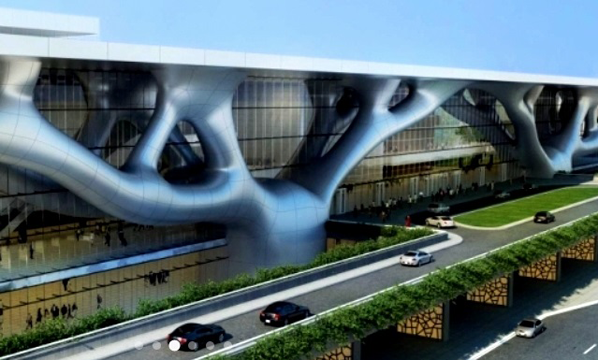
UNESCO
Visitors to Qatar can now experience the largest archaeological site to be inducted into the UNESCO World Heritage List, the town of Al Zubarah.
A historic coastal town that is now abandoned, Al Zubarah is situated approximately 100km north-west of Doha.
Founded in the mid-18th century, the town developed into a centre for pearling and international trade and rose to become the country’s largest and most important settlement.
The success of Al Zubarah attracted the attention of other Gulf powers, and after several attacks the town was eventually burned to the ground in 1811.
It never fully recovered and was abandoned by the mid-20th century.
Today, the abandoned settlement is regarded as one of the largest and best preserved examples of an 18th to 19th century merchant town anywhere in the Gulf.
Covering an area of 60 hectares, the archaeological site showcases remains of palaces, mosques, streets, courtyard houses, fishermen’s huts, harbour and cemeteries.
A layer of sand blown from the desert has preserved these remains, which now enable visitors from around the world to step back in time and experience the rich Qatari history.
Al Zubarah was first reported as an archaeological site by a Danish-led team of archaeologists in the 1950s, and then excavated by Danish and Qatari teams.
As a result of the studies conducted at the site, a large number of archaeological finds from the 18th-19th centuries are now part of the National Museum of Qatar’s permanent collection, and will be featured in the museum galleries.
The Al Zubarah is the first Qatari site to be added to the World Heritage List, which includes more than 900 historical and cultural sites around the world including the Yellowstone Natural Park in the United States of America and the Pyramids of Giza in Egypt.
The addition further cements Qatar’s status as a top destination in the Middle East, offering diverse attractions and experiences to suit all tastes.
More Information
Want to know more about visiting Qatar? Head over to the Qatari Tourism Authority website to find out more.
Many of the exciting hotels in Doha can also now be seen on Virtual-Doha, an exciting showcase of some of the best properties in the city.

